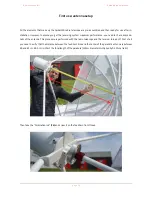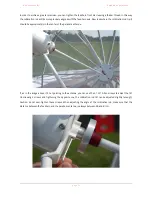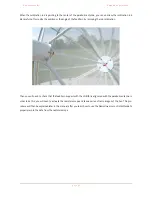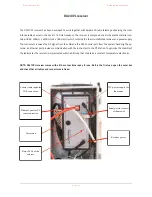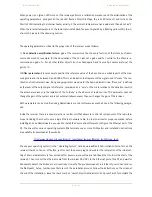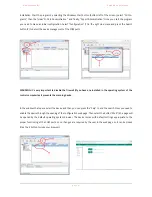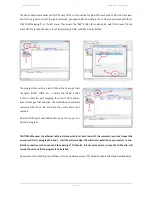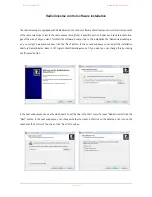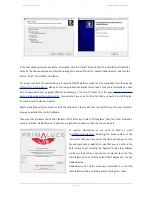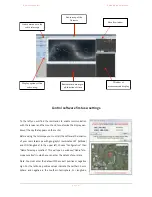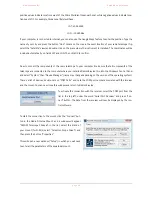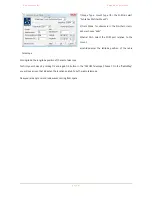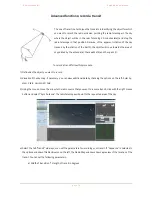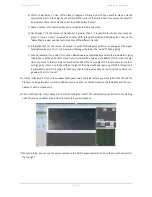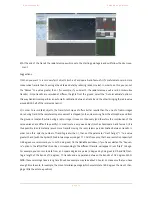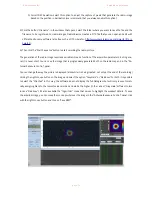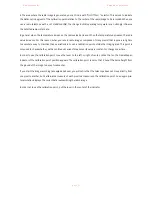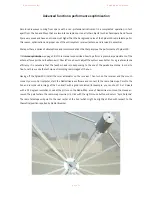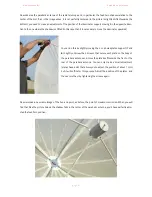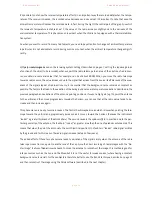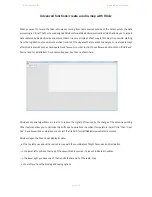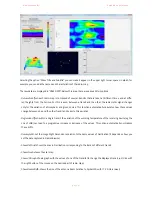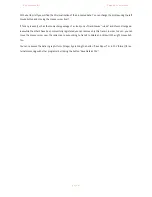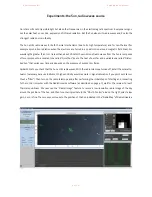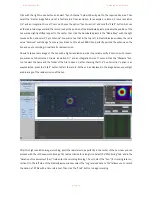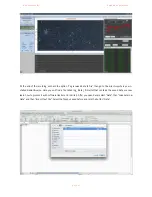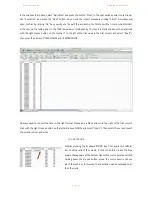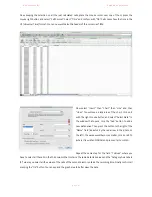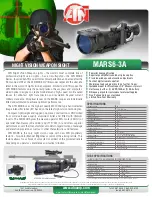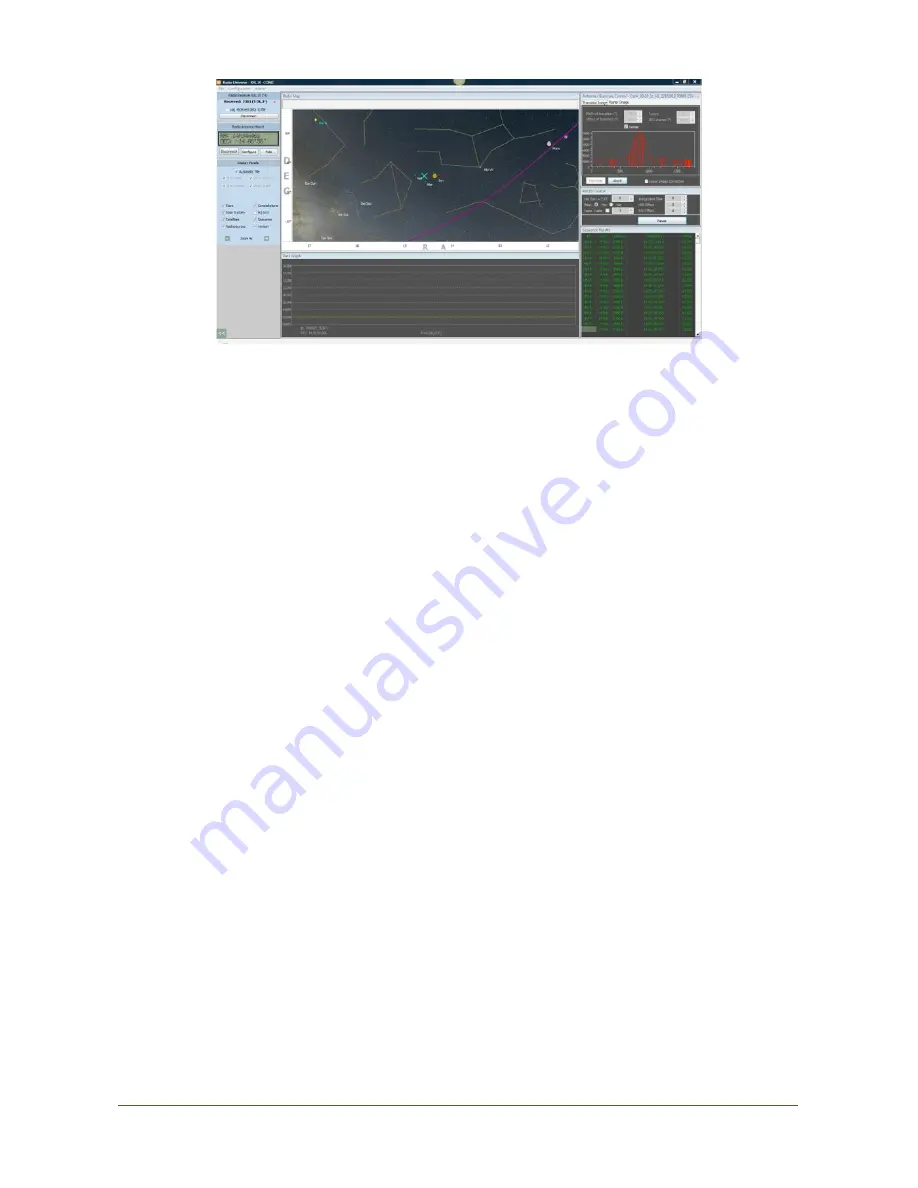
P r i m a L u c e L a b i S r l
S p i d e r 2 3 0 u s e r m a n u a l
!
8) At the end of the transit the radio telescope will move to the starting point again and will follow the sky move-
ment.
Suggestions :
1) When you want to record very faint objects (such as Cassiopeia A and Taurus A) it’s preferable to record more
consecutive transits then to average the obtained data (by reducing random noise). In order to do this, you can set
the "Passes" to a value greater than 1 (for example, if you select 3, the radio telescope will record 3 consecutive
transits) . Since transits are recorded at different heights from the ground, select the "Auto recalibrate" option in
this way RadioUniverse perform an automatic calibration between a transit and the other (bringing the radio value
around 8000, half of the receiver dynamic) .
2) In order to record faint objects, the transits technique of offers better results than the one of of radio-images
since during transits the radio telescope movement is stopped (so the noise coming from the atmosphere and from
the ground is constant), while during a radio-image it moves continuously (and therefore the contribution of the
noise varies and is difficult to quantify). In order locate a very weak object (such as Cassiopeia A and Taurus A) it is
thus possible to automatically record more transits moving the radio telescope in declination between transits. In
order to do this, select a number of transits greater than 1, then set the parameter "Dec Change (°) " to a value
greater than 0 (with the Spider230 radio telescope working at 11.2 GHz frequency that has a resolution capacity of
0.8 degrees, we recommend you to set 0.2 degrees). On the RadioMap window, ( if you have selected the “Sequen-
ce" option to the left) different red lines, corresponding to the different transits, will appear. Press "Start" to begin.
For example, you can record data from an 3 square degrees sky area (3 degrees by 3 degrees in RA and DEC) set-
ting a length of the transit of 3 degrees, 15 transits and a separation between the transits of 0.2 degrees. WAR-
NING: these recordings take a long time (the above example may take about 3 hours) so make sure that you have
enough time to avoid, for example, the mount meridian passage (which would rotate 180 degrees the mount chan-
ging a little the antenna position) .
!
!
p a g e
!
5 2

